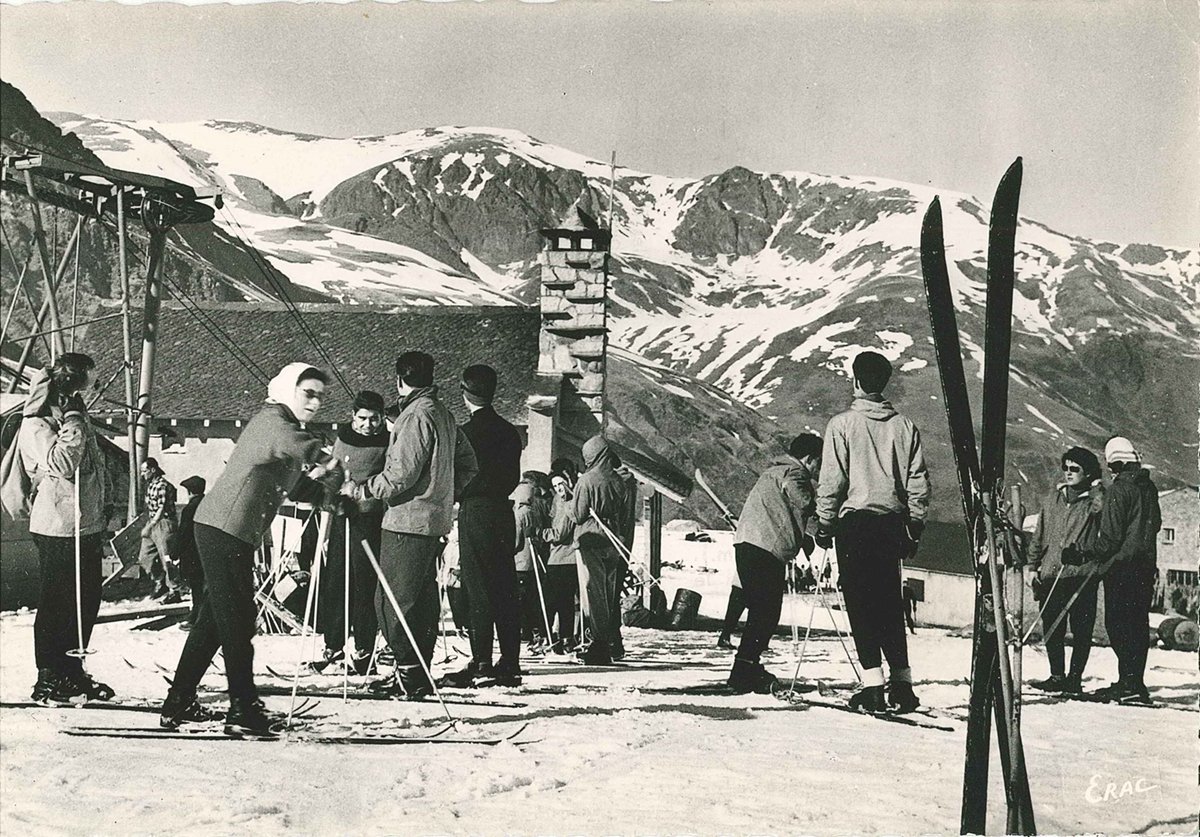Today, Andorra is well known for its modern ski resorts and postcard-worthy landscapes, but the origins of skiing in the country are much more modest and surprising. In the early 20th century, rural and isolated Andorra saw snow as more of a problem than a tourist attraction. Winters were long and harsh, and communication between villages was often cut off. In this context, some locals began using rudimentary wooden skis—not for sport, but as a practical way to get around in the snow and overcome natural obstacles. It was a functional solution, inspired by Scandinavian techniques, still far from what we now consider winter tourism.
Over the years, especially starting in the 1930s, a few foreign travelers and adventurers—mostly French and Swiss—began to discover the potential of Andorra’s mountains for recreational skiing. However, the true turning point came in 1957, when a group of Andorrans launched the country’s first ski resort: Pas de la Casa–Grau Roig. With just one ski lift and a lot of enthusiasm, that project laid the foundation for what is now Grandvalira, one of the largest ski areas in southern Europe.
From then on, skiing became a key economic driver for Andorra. New resorts opened in other valleys, infrastructure was developed, and the snow tourism industry became professionalized. The country experienced a rapid transformation—from a traditional mountain society to a modern and competitive destination for winter lovers. Today, skiing in Andorra is much more than just a sport: it’s a way to take part in a century-old story of nature, resilience, and forward-thinking. And every visit, every run down the slopes, is also a way to connect with the living past that still lingers in the mountains of the Principality.
